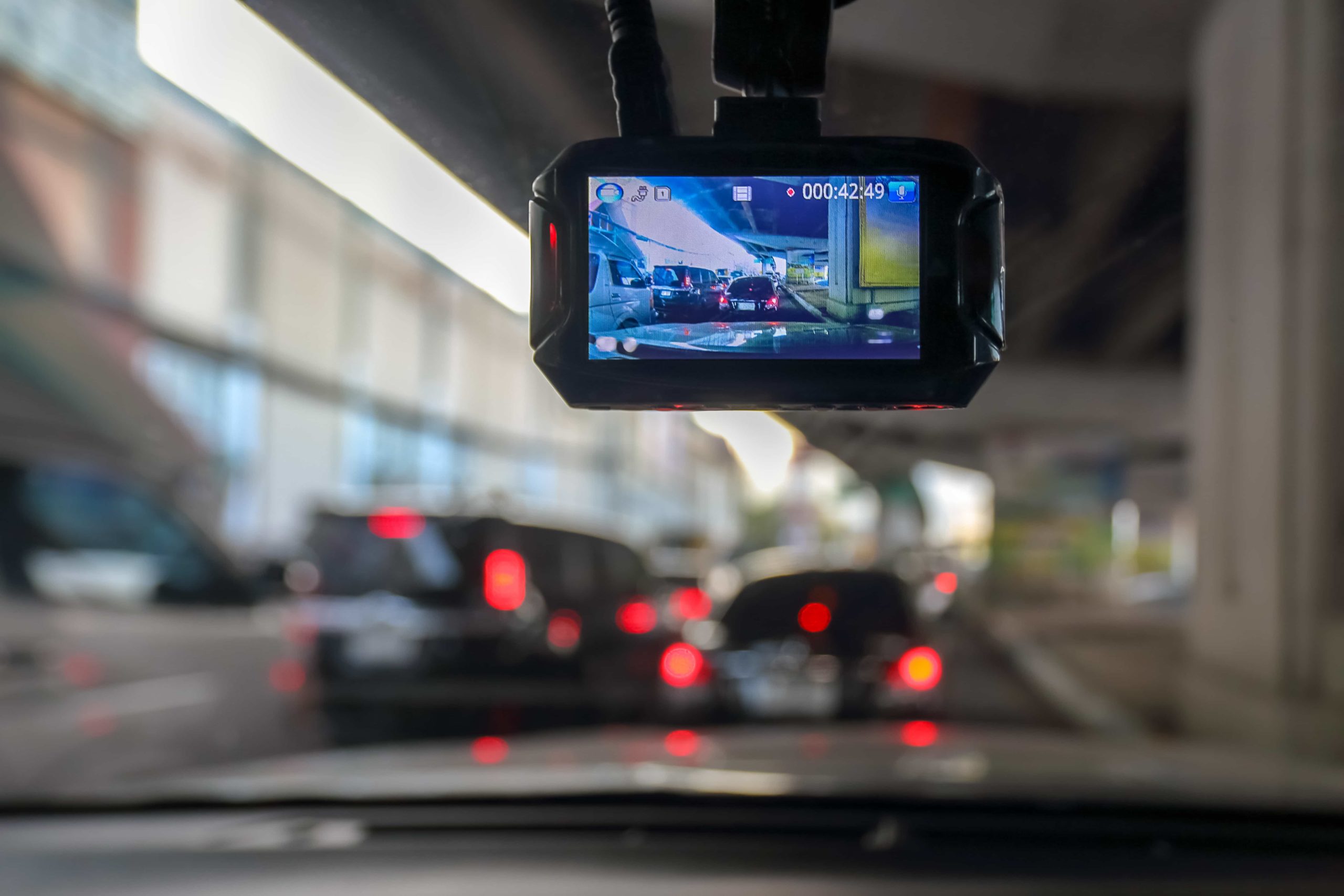Recent research from Which? has found that one in three dash cam owners caught up in accidents have been able to use their footage to support a claim.
There are other benefits too. Having a camera in your car might make you feel more alert and confident. In fact, Which? research found that one in five people thought it actually improved their driving.
With all that said, it seems like dash cams could be a solid investment. But how do you choose the best dash cam for your needs?
5 things to consider when buying a dash cam
1. Resolution
The first thing you should look out for when buying a dash cam is the video resolution. Most dash cams can shoot in full HD (1920×1080), but some offer 4K recording (3840×2160) as standard. Higher resolutions mean that you might be able to pick up on essential details, such as licence plates, in the event of an accident. Splashing out on a more expensive 4K options might not be necessary, but anything below full HD carries the risk of blurry footage when zoomed in.
2. Night Vision
Another thing to look for is night vision capabilities. An increasing number of dash cams offer the ability to pick up details in the dark. This could be particularly useful if you’ve parked on a street at night and want to make sure you’re able to see anything that happens to your car whilst you’re gone.
3. Field of View
It’s important to make sure that you’re picking up as many details of the road as possible. This means that your dash cam should have a sufficiently wide field of view. Yet it’s not as simple as going for a dash cam with the widest field of view possible, as beyond a certain angle, footage can become distorted like a fish eye lens. Therefore, the best cameras have field of view that is between 125° and 165°, ensuring that enough of the road is captured without resulting in a distorted image.
Some dash cams even have a built-in second lens that allows you to capture what’s happening inside your vehicle as well.
4. Loop Recording
Videos are full of data that can be hard to store in large quantities. The last thing you want to be doing is replacing a memory card every other day because you’ve run out of space. Therefore, it’s important to make sure that your dash cam has loop recording enabled. This means that the latest data will begin to overwrite the earliest data once the memory is full. Instead of worrying about memory all the time, you can rest assured that your dash cam always ready to capture an incident.
5. Attachment Method
Dash cams are only useful if they’re pointed in the right direction and haven’t fallen onto your dash. Even a small accident could result in very high g-forces that could easily dislodge a poorly mounted dash cam. For the upmost security, its generally recommended to opt for adhesive mounts over suction cup mounts. Adhesive mounts are attached flat against the windscreen which means that it’s less affected by vibration and the movement of the car. Therefore, it’s more likely to stay put on an accident instead of falling off when you need it most.
